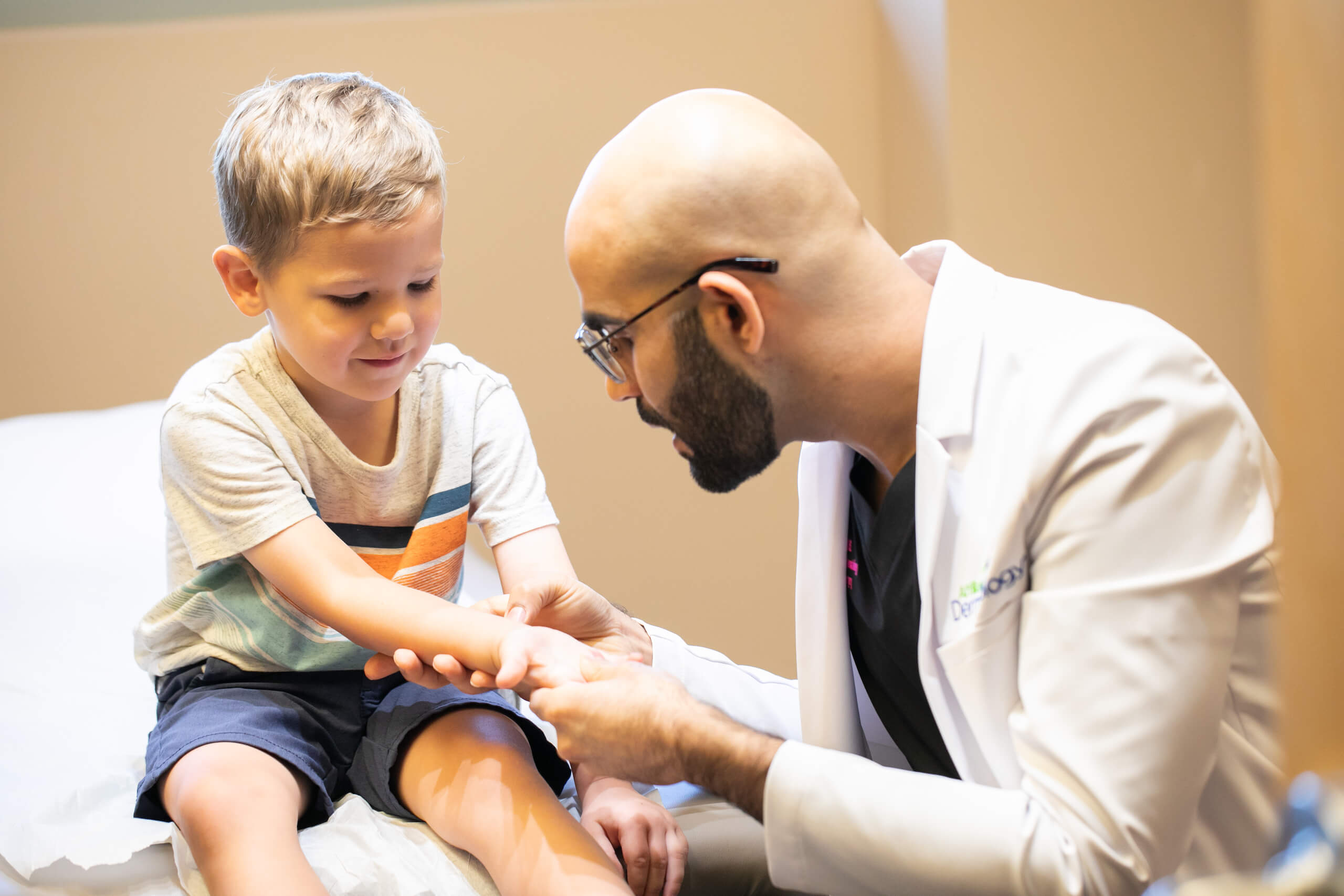Exploring the most recent Breakthroughs in Dermatology: Mohs Techniques for Efficient Skin Cancer Cells Treatment
In the progressing landscape of dermatology, Mohs surgical procedure has actually arised as a groundbreaking technique in treating skin cancer. This method, understood for its accuracy and efficiency, has actually transformed the domain name, supplying a sign of expect patients with basal and squamous cell carcinomas. As we unpack the details of this treatment and its edge over traditional treatments, one can't help however ponder the transformative potential Mohs surgery holds for the future of skin cancer treatment.
Understanding the Principles of Mohs Surgical Procedure
A substantial number of people globally are increasingly turning to Mohs surgical procedure for skin cancer treatment. This specialized surgical strategy, called after its leader Dr. Frederic Mohs, is mostly utilized to treat one of the most typical kinds of skin cancer: basal and squamous cell cancers. The process entails the removal of thin layers of cancer-containing skin, which are then thoroughly analyzed to guarantee that all cancerous cells have actually been eliminated. This precision enables the conservation of as much healthy tissue as feasible, reducing the risk of disfigurement. The efficacy of Mohs surgery is remarkable, flaunting the highest possible success price amongst treatments for skin cancer, with a reported five-year cure rate of as much as 99% for new cancers.
The Pioneering Duty of Mohs Surgery in Dealing With Skin Cancer Cells
Regardless of the myriad of skin cancer treatments readily available today, Mohs surgery holds an unique introducing role. Established by Dr. Frederic Mohs in the 1930s, this treatment has actually transformed the area of dermatology by offering the greatest treatment rate for skin cancer people. Mohs surgery is specifically reliable in treating hostile and recurring cancers, making it a favored option for skin cancers cells situated in cosmetically delicate or functionally vital locations.

The Treatment: A Step-by-Step Breakdown of Mohs Surgery
Undergoing Mohs surgical procedure entails a thorough, detailed procedure created to remove skin cancer while preserving healthy tissue. Initially, the noticeable lump is gotten rid of, complied with by thin layers of skin surrounding the area. Each layer is diligently taken a look at under a microscope to look for cancer cells. If any kind of are discovered, another layer is eliminated from the accurate area where the cancer cells was found. This process proceeds up until no cancer cells exist in the skin example. Unlike conventional methods, Mohs surgical procedure enables the surgeon to precisely identify when the cancer cells has been totally eliminated, reducing the requirement for additional treatment. The injury is then fixed, frequently on the very same day, depending upon the dimension and location of the gotten rid of tissue.
Secret Conveniences of Opting for Mohs Surgery: Effectiveness and Accuracy

Mohs Surgical treatment vs. Traditional Skin Cancer cells Therapies: A Comparative Evaluation
The relative analysis in between Mohs surgical procedure and traditional skin cancer treatments demands a detailed understanding of both methods. The first component of the evaluation will certainly decipher the process of Mohs surgical procedure, complied with by an expedition of conventional therapies. The final aspect of the contrast will certainly concentrate on the effectiveness of each approach, supplying a clear contrast in between Mohs and traditional therapies.
Understanding Typical Treatments
Individuals battling skin cancer cells frequently face an overwelming range of treatment alternatives. Topical radiation treatment includes applying a cream or gel straight onto the skin cancer. The selection of therapy demands a mindful equilibrium between removing the cancer cells thoroughly and maintaining as much healthy and balanced skin as possible.
Deciphering Mohs Surgery
One such innovation is Mohs surgical procedure, a specialized procedure that succeeds in treating specific kinds of skin cancer. Unlike traditional therapies that frequently remove extra healthy and balanced skin around the lump, Mohs surgical treatment is an exact method that involves getting rid of skin cancer cells layer by layer while taking a look at each layer under a microscope until no cancer cells continue to be. Mohs surgery is not suitable for all skin cancers cells and client conditions, hence requiring a careful analysis by skin specialists.
Efficacy Contrast: Mohs vs. Typical
While both Mohs surgical procedure and conventional skin cancer treatments have their merits, a relative evaluation discloses distinctive differences in webpage efficacy. The Mohs technique, including the removal of one skin layer at a time, click here for more info has shown higher remedy rates for both main and recurrent skin cancers. Client suitability, cancer type, and place dramatically affect therapy outcomes.
Embracing the Future: The Growing Adoption of Mohs Surgical Procedure in Dermatology
This growing fostering is associated to the treatment's high remedy rates, especially for basic cell carcinoma and squamous cell carcinoma, the most common types of skin cancer cells. Mohs surgery uses the advantage of protecting more healthy cells than conventional approaches, making it a preferred option for dealing with cancers in cosmetically sensitive locations. Despite this, the future of dermatology seems to be welcoming Mohs surgery as a crucial tool against skin cancer.
Verdict
In recap, the improvements in Mohs surgical treatment strategies have transformed skin cancer cells treatment in dermatology. The procedure's precision in eliminating malignant skin layers while conserving healthy and balanced tissue has confirmed its efficacy, resulting in high remedy prices and reduced recurrence. Offered its prevalence over traditional methods, the adoption of Mohs surgical about his treatment is anticipated to expand, placing it as the future of reliable skin cancer cells therapy.
Comments on “Consult a doctor potential skin cancer with early detection and professional treatment options.”